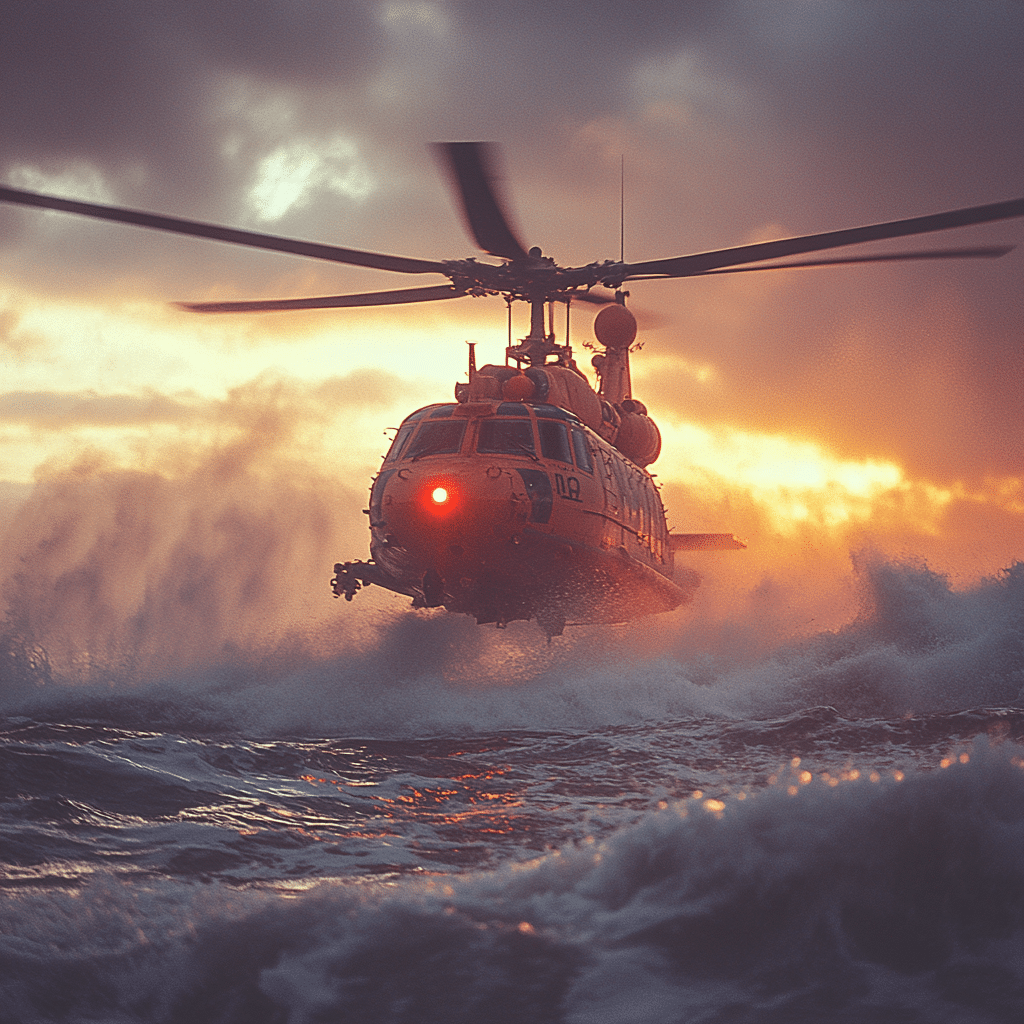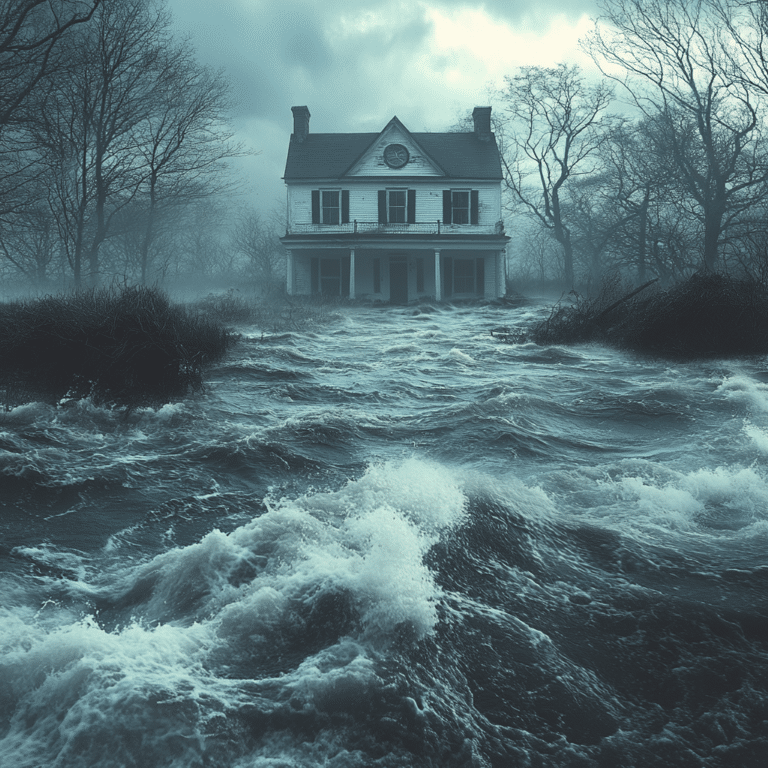When we talk about national security, we often think of the US Navy or the US Army, but let’s not overlook the indispensable role that the US Coast Guard plays in safeguarding our waters and ensuring our overall safety. This branch of the armed forces operates within the Department of Homeland Security, yet it also collaborates closely with the Department of Defense, especially during times of conflict. The US Coast Guard is America’s frontline defense against a myriad of threats, including drug trafficking, environmental disasters, and illicit human activities. Their multifaceted operations are crucial, not just for national defense, but also for maintaining maritime integrity and protecting American lives at sea.
In 2024, the average hourly pay for a member of the US Coast Guard stands at $16.86. This figure highlights the crucial need for financial stability among service members who often face the arduous challenges of their duties. With personnel stationed across the globe, the US Coast Guard serves as a symbolic and literal extension of our national sovereignty, often utilizing advanced assets like icebreakers and National Security Cutters. These operations reflect the commitment this service has to its mission—one that extends beyond the shoreline into international waters.
Without further ado, let’s delve into the top essential responsibilities of the US Coast Guard and why it remains a vital component of our national security strategy.
Top 7 Essential Responsibilities of the US Coast Guard
The US Coast Guard’s most visible role is undoubtedly search and rescue (SAR). In 2023 alone, they sprang into action to assist over 26,000 individuals in distress. Their skillful, rapid responses are critical, particularly in treacherous maritime conditions. Whether it’s rescuing sailors lost at sea or responding to emergencies inland, their service echoes the dignity of similarly esteemed organizations, like the UK’s Royal National Lifeboat Institution (RNLI).
A significant part of the US Coast Guard’s mission revolves around drug interdiction. In 2022, they seized more than 400 tons of illegal narcotics, demonstrating their effectiveness in this ongoing battle. Working hand-in-hand with the US Navy and various federal agencies, their efforts disrupt drug trafficking routes that threaten American communities. This concerted effort not only protects Americans but also exemplifies their commitment to law enforcement on the high seas.
With the rising prevalence of environmental crises, the US Coast Guard safeguards our marine ecosystems by enforcing regulations like the Oil Pollution Act. By collaborating with the Environmental Protection Agency (EPA) and various state agencies, they play a significant role in preventing oil spills and managing hazardous waste. This creates a cleaner and safer ocean environment for future generations, reflecting conservative values of stewardship for our natural resources.
Indeed, the US Coast Guard is essential in ensuring safe navigation in icy regions, especially in the Arctic. Their operations go beyond mere navigation; they protect vital natural resources and support US Army missions in these challenging environments. Amid climate change concerns, the US Coast Guard’s Arctic operations will become increasingly pivotal as new trade routes open, making their role even more significant.
Although the US Coast Guard is primarily focused on civil duties, it maintains a unique position within the Department of Homeland Security, readying itself under the Department of Defense during wartime. This duality enables heightened cooperation with the US Navy and US Army, proving essential for broader defense strategies and disaster recovery efforts in joint operations.
The future is digital, and so is maritime security. The US Coast Guard recognizes this and leads the charge on cybersecurity protocols to protect critical shipping data and infrastructure. Collaborating with the Navy’s Cyber Command, they boost defenses against cyber threats that could potentially disrupt shipping or endanger the entire maritime supply chain.
The US Coast Guard actively engages with allied forces through joint exercises. Partnerships with the Royal Navy of the United Kingdom fortify mutual security interests and enhance maritime domain awareness worldwide. These collaborations strengthen our global presence, ensuring we adapt and respond to evolving challenges like piracy and illegal fishing.
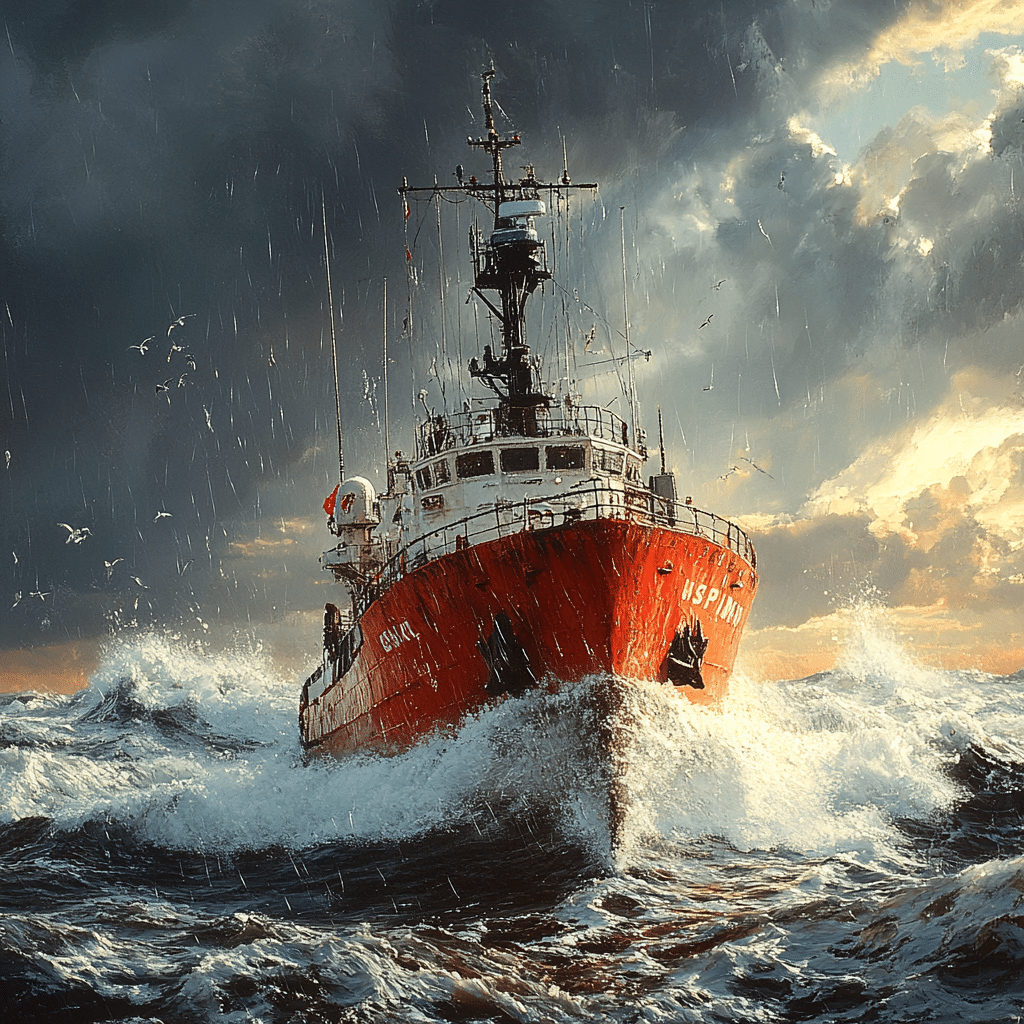
The Interservice Dynamics: The US Coast Guard, Navy, and Army
Understanding the roles of the US Coast Guard, US Navy, and US Army paints a clear picture of America’s maritime security framework. Each service operates distinctly yet collaborates closely when necessary. The US Coast Guard excels in maintaining coastal safety, while the US Navy conducts operations far into the open seas. Meanwhile, the US Army provides logistical support for humanitarian missions during disaster relief efforts, showcasing a united front against both overseas and homeland threats.
Engaging in these interservice dynamics fosters a comprehensive strategy to tackle security challenges. The distinctive capabilities of the US Coast Guard allow for a unique contribution, particularly in areas where national defense intersects with humanitarian and environmental responsibilities.
The Growing Role of Navy Federal Support for Coast Guard Personnel
Just as Navy Federal Credit Union extends its services to Navy personnel, it similarly caters to US Coast Guard members. They offer specialized financial products that address the unique situations service members encounter, such as fluctuating deployments. This support is vital for helping them manage financial challenges effectively, ensuring they remain focused on their crucial duties.
With interest rates fluctuating, as seen with the current real estate interest rates, it’s important for US Coast Guard members to have access to strong financial resources tailored to their needs. Services offering special mortgage rates and savings plans provide much-needed stability, allowing them to put their heart and energy into protecting our waters.
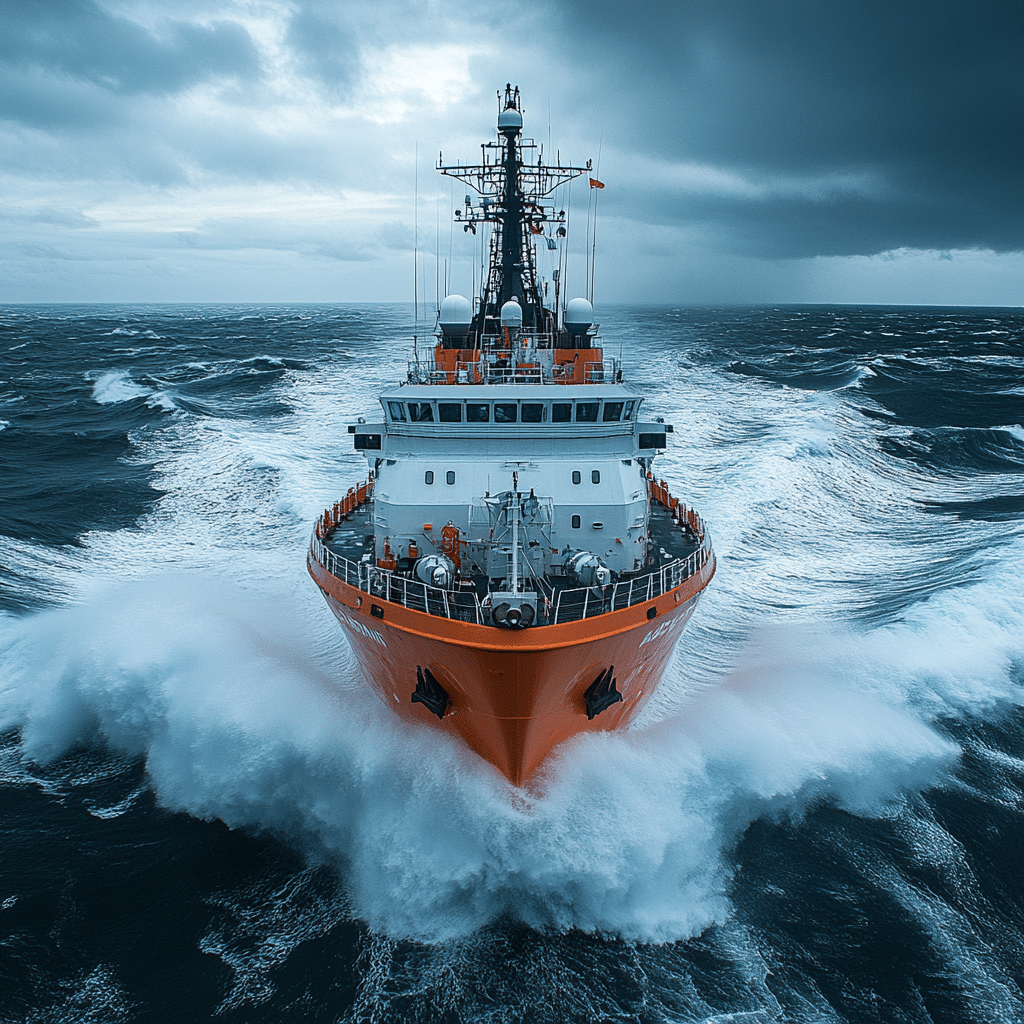
Navigating the Challenges Ahead
Looking into the crystal ball, it’s clear that the maritime domain is changing, and the US Coast Guard’s responsibilities will expand as threats evolve. Lawmakers must prioritize funding and resources for the US Coast Guard to maintain their capabilities amidst these challenges. They must also foster interagency collaboration to create robust national security strategies, both domestically and internationally.
In reflecting on the indispensable role of the US Coast Guard, it’s apparent that their efforts often go unnoticed compared to larger military branches. Yet, their day-to-day operations save lives and protect our interests on the high seas. As we honor these guardians of our waters, let us recognize the tireless commitment of US Coast Guard personnel as they safeguard our nation’s security and sovereignty. Their sacrifices mirror the values we hold dear, and it’s time their stories receive the recognition they deserve.
The US Coast Guard: Guardians of Our Waters
Remarkable Roles and Responsibilities
The US Coast Guard plays a vital role in safeguarding our nation. Did you know it was established in 1790? This makes it one of the oldest maritime organizations in the United States. Not just a protector of our waters, the Coast Guard has also been crucial in various missions, including drug interdiction, search and rescue operations, and environmental protection. It’s fascinating to think that as you sip a cold bud light can, a team of dedicated Coast Guard members might be out there, ensuring the safety of our coastlines.
The daily operations of the Coast Guard are as diverse as they are demanding. They go from combating illegal fishing to assisting stranded vessels, which often requires them to adapt quickly to changing situations. Imagine a thrilling rescue at sea while you’re engrossed in the stories of Jenna Jameson today—those heroic actions are carried out by the brave men and women of the Coast Guard, who operate not just in open waters but also along bustling ports and marinas.
Fun Facts You Might Not Know
Here’s a fun tidbit: the US Coast Guard can have up to 11 mission areas at any given time! This can range from homeland security to aids to navigation. That versatility is key when you think about the precise calculations needed, sort of like the great Clips cost that varies depending on who’s getting the cut. Additionally, since its inception, they’ve saved thousands of lives at sea, showcasing their unwavering commitment to saving those in danger.
When it comes to pop culture, the Coast Guard’s influence is undeniable, even infiltrating things like TV shows and films. Several characters in popular series reflect the maritime heroism of the Coast Guard, while sports figures like arthur Rinderknech express admiration for these servicemen and women. Their stories of courage resonate with audiences everywhere. Just imagine if a new Kourtney And Travis baby documentary featured a segment on the Coast Guard; wouldn’t that be an interesting watch?
So next time you hear the roar of a helicopter overhead or spot a patrol vessel along the coast, think about the dedicated folks in the US Coast Guard who protect our shores. They don’t just face the elements; they tackle challenges that come their way, navigated through teamwork and sheer willpower. Indeed, in every mission, they represent the unyielding spirit of America.
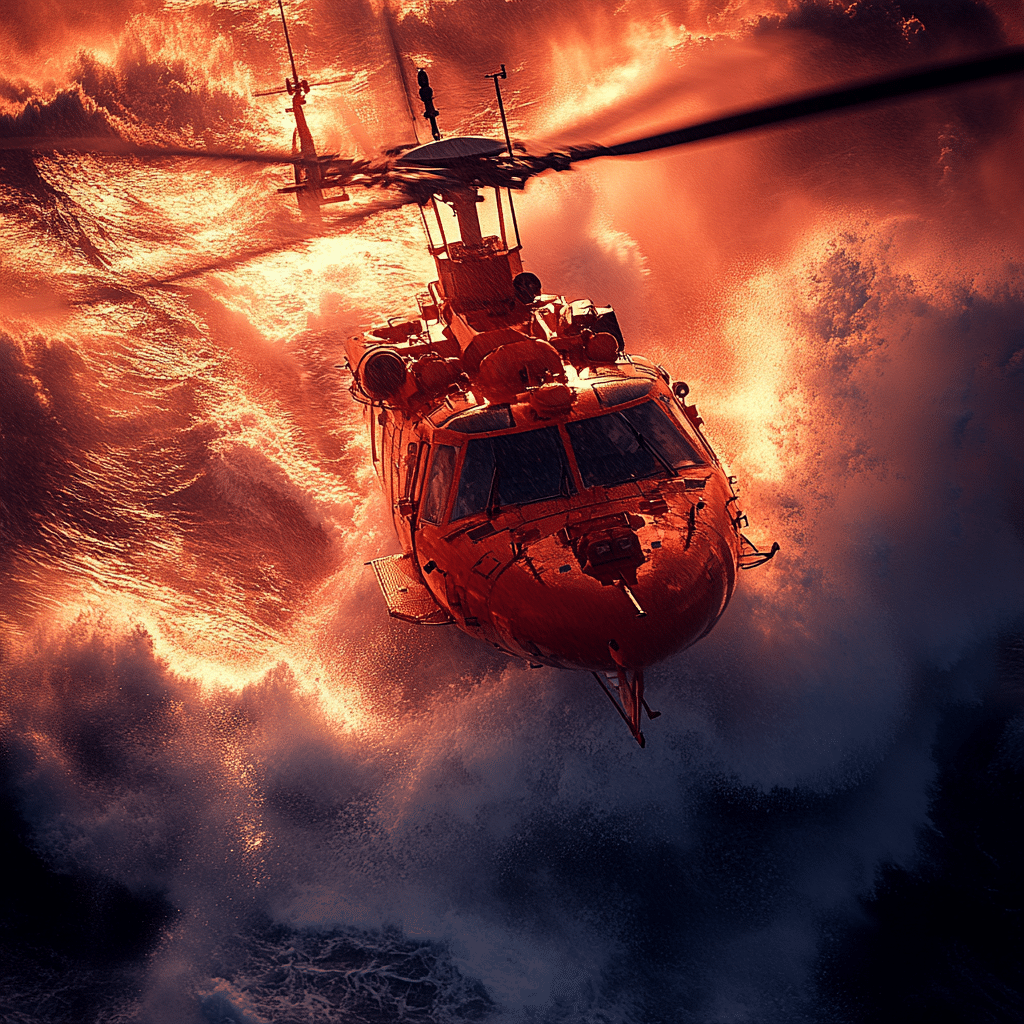
What do US Coast Guards do?
The Coast Guard patrols our coasts and international waters using various tools like cutters, aircraft, and intelligence to tackle illegal activities such as drug smuggling and human trafficking.
Why is the Coast Guard not considered military?
Though part of the Armed Forces, the Coast Guard primarily focuses on safety and security, not just national defense like the other military branches. Its unique capabilities contribute to national security without duplicating the Navy’s role.
How much is the salary of a Coast Guard in USA?
As of December 20, 2024, the average hourly pay for a Coast Guard member in the United States is about $16.86, though this can vary based on rank and experience.
Do U.S. Coast Guard see combat?
Yes, Coast Guard personnel can see combat, especially in situations where they’re involved in counter-narcotics operations and rescue missions, though it’s less common than in other services.
Is it hard to get into the Coast Guard?
Getting into the Coast Guard can be competitive, with requirements such as passing physical tests, maintaining a clean record, and meeting age, health, and education standards.
What is the most common job in the Coast Guard?
The most common jobs in the Coast Guard typically include positions like maritime enforcement specialists, vessels’ operators, and aviation maintenance technicians.
Where do most coast guards get stationed?
Most Coast Guard members get stationed at various locations along the coasts, including major ports and bases, but they can also be deployed overseas or on vessels around the globe.
Who pays more, Navy or Coast Guard?
Generally, the Navy pays more than the Coast Guard due to the larger operational budget and longer deployments, but exact pay can vary by rank and time in service.
What is the least respected military branch?
The Coast Guard tends to receive less recognition compared to other branches, often getting labeled as the least respected, although that can really depend on personal opinions.
What is the lowest paid military branch?
In terms of pay, the Coast Guard is often seen as one of the lower-paid military branches, though actual salaries can range depending on rank and experience.
How long is Coast Guard training?
Coast Guard training usually lasts about 8 weeks at boot camp, followed by additional specialized training, which can vary widely based on their assigned job.
How much does a navy seal make?
Navy SEALs can earn a salary that typically ranges significantly based on rank and experience, often starting around $60,000 a year and going much higher with bonuses and service years.
Do Coast Guards get guns?
Yes, Coast Guards do carry weapons when needed, especially when enforcing laws and protecting against threats, to ensure safety in their operations.
What is the age limit for the Coast Guard?
The age limit for joining the Coast Guard is usually set between 17 and 31, though waivers can sometimes be granted based on special circumstances.
Do coast guards live on base?
Coast Guard members typically don’t live on base like some other services, but they can be assigned to locations where they do have housing options.
What do Coast Guards do everyday?
On a daily basis, Coast Guards might perform a variety of tasks, including patrolling waterways, conducting search and rescue missions, performing safety inspections, and responding to emergencies.
Is the Coast Guard like the police?
The Coast Guard does share some similarities with police work, especially in law enforcement duties like enforcing maritime laws and ensuring safety on the water.
Why is the Coast Guard separate from the Navy?
The Coast Guard is separate from the Navy primarily due to its unique missions focused on maritime safety, security, and environmental protection, while the Navy is more concentrated on naval warfare and defense.
What does the Coast Guard pay for?
The Coast Guard typically pays for training, uniforms, and other necessary expenses, though many service members benefit from additional allowances for housing and food.

